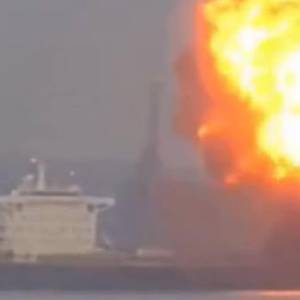
The US Coast Guard and local partners are responding to an explosion aboard the 751-foot Liberia-flagged bulk carrier W-Sapphire in Baltimore Harbor.Responders from Coast Guard Sector Maryland - National Capital Region were dispatched to the area to assist. No injuries have been reported, and the cause of the explosion is under investigation.
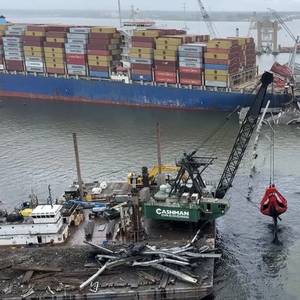
We are at the one-year since the Francis Scott Key (FSK) Bridge collapsed over the Patapsco River’s Fort McHenry Channel in Baltimore, Maryland. Nearly 100 percent of the wreckage and debris removal was conducted by the Jones Act private sector U.S. maritime industry. The FSK collapsed at about 1:28 a.m.
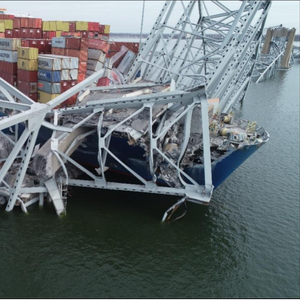
The U.S. National Transportation Safety Board (NTSB) has recommended that 30 owners of 68 bridges across 19 states conduct a vulnerability assessment to determine the risk of bridge collapse from a vessel collision.The recommendation comes as part of the ongoing investigation into the collapse of the Francis Scott Key Bridge in Baltimore.

The Association of Maryland Pilots has taken delivery of a new Baltimore Class pilot boat from Gladding-Hearn Shipbuilding.The vessel is a sistership to the first of its class delivered four years earlier.Built with an aluminum hull and based on the Ray Hunt Design deep-V, the launch measures 48.5 feet long, with a 15.6-foot beam and a 4-foot draft.

German navigation specialist Anschütz GmbH has founded a new subsidiary in the United States. Based in Bethesda, Maryland, Anschuetz USA Inc. aims to continue the successful tradition of “Anschütz of America” and optimize customer support for sales and service partners, commercial shipowners and shipyards, as well as government entities including the Coast Guard, Military Sealift Command
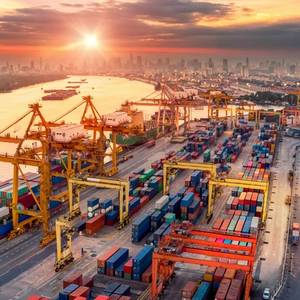
U.S. shipbuilders and port operators are getting hit in the fallout from President Donald Trump’s campaign to wipe out the offshore wind industry, suffering hundreds of millions of dollars in lost government support, vanishing vessel orders, and an uncertain future for the billions of dollars' worth of investments.
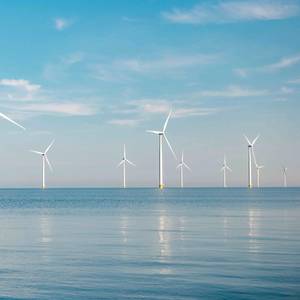
The Trump administration has asked a federal judge to withdraw the Interior Department's 2024 approval of a wind farm off the coast of Maryland, according to court documents filed on Friday.The action is the latest in a series of moves the administration has made to stymie development of offshore wind and other clean energy facilities.Attorneys for the Interior Department filed the motion in U.S.
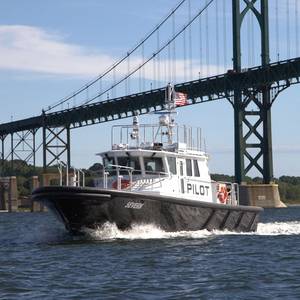
The Association of Maryland Pilots has taken delivery of its fifth Chesapeake Class launch from Gladding-Hearn Shipbuilding, Duclos Corporation since 2002. “The Maryland Pilots have some unique features and configuration control is essential to be sure their operators can seamlessly operate all the boats in their fleet.
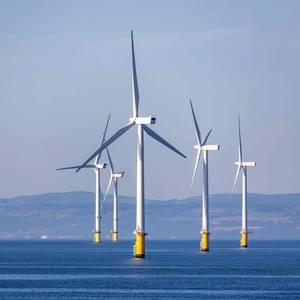
The Trump administration said on Friday it was cancelling $679 million in federal funding for 12 offshore wind projects, including $427 million for a California project.The move is the latest in a full-throated effort by the administration to undermine an industry that was central to former President Joe Biden's climate and energy agendas.U.S.

The administration of U.S. President Donald Trump intends to withdraw federal approval for US Wind’s offshore wind farm off the coast of Maryland, according to a filing submitted by Attorney General Pam Bondi in the U.S. District Court in Delaware on Friday.US Wind is owned by funds managed by Apollo Global Management, an American investment firm, and Renexia SpA
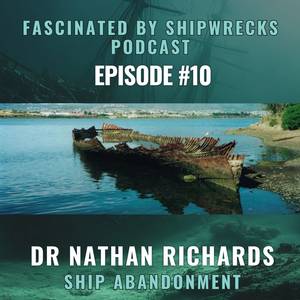
Mallows Bay, located on the Potomac River in Maryland, is not only a shipwreck site filled with decades of maritime cultural heritage, but it is also an excellent training ground for students immersed in studying maritime archaeology at East Carolina University.“When the United States entered the First World War, they had a plan to build about 1,000 wooden steamers to carry material to Europe.
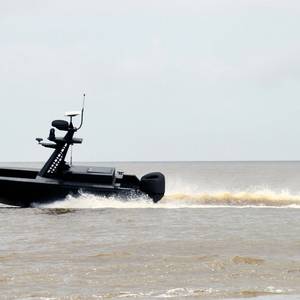
Louisiana-based boat builder Metal Shark is set to debut its latest unmanned surface vessel at the upcoming Sea-Air-Space military symposium in National Harbor, Maryland, with three days of on-water demonstrations.Metal Shark’s new high speed maneuverable unmanned surface vessel (HSMUSV) is a 21-foot military craft specifically configured for unmanned, human-in-the-loop operation.